Can you offer some general descriptions about the various initiatives that you operate for Early Learning in Ventura County?
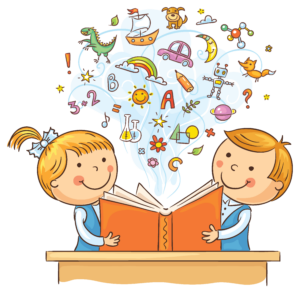 I am currently an Operations Specialist with Ventura County Office of Education, Early Childhood Programs and facilitator of VC STEM’s Early STEM Action Group. I am a trainer, coach and rater for the Rising Stars Quality Rating and Improvement System (QRIS) designed to serve the county’s most vulnerable children by developing quality standards, enhancing the accessibility of high-quality early learning programs, providing teachers and administrators with professional development and resources, and financial incentives that support quality.
I am currently an Operations Specialist with Ventura County Office of Education, Early Childhood Programs and facilitator of VC STEM’s Early STEM Action Group. I am a trainer, coach and rater for the Rising Stars Quality Rating and Improvement System (QRIS) designed to serve the county’s most vulnerable children by developing quality standards, enhancing the accessibility of high-quality early learning programs, providing teachers and administrators with professional development and resources, and financial incentives that support quality.
I support the county’s implementation of the Teaching Pyramid Framework for Social and Emotional development through core module training and facilitation of the countywide leadership group. I recently took on the AB212 stipend project, a statewide initiative focused on supporting teachers in state funded ECE classrooms and Family Child Care Home Education Networks with ECE/ CD degree completion through incentive. And, I am the project lead for the Inclusive Early Learning and Care Coordination Program, a state funded initiative to coordinate, collaborate and leverage inclusive early learning programs in the county.
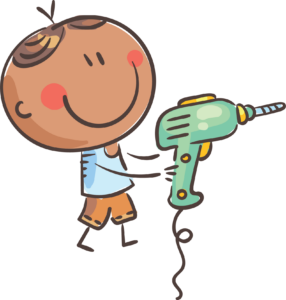 In addition to my Ventura County Office of Education, Early Childhood Programs duties I provide early STEM training and support through presentations, trainings and coaching at both the local and state level. As an inaugural LEAD STEM fellow, I co-developed STEM Learning Starts at Birth with my colleague Phil Hampton.
In addition to my Ventura County Office of Education, Early Childhood Programs duties I provide early STEM training and support through presentations, trainings and coaching at both the local and state level. As an inaugural LEAD STEM fellow, I co-developed STEM Learning Starts at Birth with my colleague Phil Hampton.
Our capstone focused on a county wide initiative to design, develop, and implement PK – Grade 2 mini ecosystems. The model brings together teachers (Grades PK,K, 1 & 2), administrators, and a site supervisor to create a cross-grade, professional STEM learning community.
This cohort learns, develops and shares strategies and promising practices that support students (age 3-7) on their STEM learning pathway with a focus on engineering, math & technology designed to develop a common language & vocabulary required for future STEM learning success. We completed our first exploratory year of the project and are working with The Reynolds Center for Teaching, Learning and Creativity and Education Development Center to iterate the next level version.
Finally, I am a board member for Supporting the Advancement of Learning Stories in America (SALSA) a newly formed nonprofit group working to advance the practice of Learning Stories in North America. I have provided several local and national workshops and participate in a statewide inquiry group.
Can you please explain some of the strategies that you use for engaging these learners and their families?
The work that I have been involved with has primarily been at the trainer and coach level. While I am not directly impacting families and children, I am deeply supportive of the teaching and program staff who are. While there are multiple strategies that can be utilized to engage families and children in their learning, I have found two specific strategies that engage both; K-W-L (Know, Want to Know, Learned) and Learning Stories.
K-W-L (Know, Want to Know, Learned)
I think of KWL as the art of asking Big Questions.
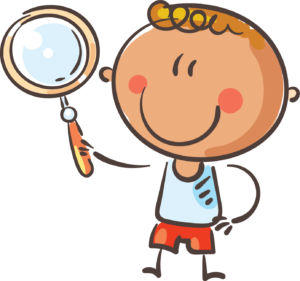 Intentional observation of daily play, deep thinking about what Big Ideas children are grappling with, and then engaging in open ended questions to arrive at an investigation. This is at the heart of KWL.
Intentional observation of daily play, deep thinking about what Big Ideas children are grappling with, and then engaging in open ended questions to arrive at an investigation. This is at the heart of KWL.
The structure was introduced as a reading intervention in the 1980’s, a framework for teachers to support struggling students with comprehension. It’s application in early childhood is simply this – What Do The Children Know/ What Do The Children Want To Know/ and What Did The Children Learn.
This simple frame provides educators, learners, family members, and anyone else who visits the program a way to explore and document Big Questions. It was through the documentation of each KWL session that learners and families were becoming more involved and engaged in the learning process because it was so visible to them. The documentation created a space for learners and family members to explore what was happening in the program and engage in meaningful conversations that ultimately built deep relationships about shared knowing and understanding.
Learning Stories are a narrative assessment practice born from a complete and total revisioning of New Zealand’s early learning and care system. As the country moved towards re-writing their early learning competencies, they recognized they also needed a new way of assessing young learners.
It was through the collection of documentation both researchers and practitioners were reviewing, they recognized the new assessment would be grounded in story. Teachers observations of learners at work, written in a strengths-based story format to illuminate the learning, the schemas, the whole child were then shared with the learners and their families.
Learning Stories are a dance between teachers, learners and their families. For each story families have an opportunity to respond and expand on the story through their own cultural and linguistic lens allowing for complete engagement in the learning.
What has been the most effective and why?
Both practices mentioned above have been truly effective in engaging families because they are centered around relational family engagement practices. The invitation to be a part of the learning process invites families into the conversation at the start modeling that learning is a two-way street and families have a primary leadership role in their learner’s life.
Relational Family Engagement is situated in the work of Virmani, Wiese, & Mangione who are exploring a new approach to engaging families in their children’s early learning. The three core principles of the work are: relationships are foundational to all learning and development, culture and language are central to all learning and development, and school-readiness refers to long-term success in school and life and is rooted in the parent-child relationship and each family’s cultural and linguistic assets.
More information can be found at:
What hasn’t worked and why?
One of the biggest barriers faced when working with both practices has to do with teachers’ mental models of how children learn, grow and develop and what the role of the family is in that learning process.
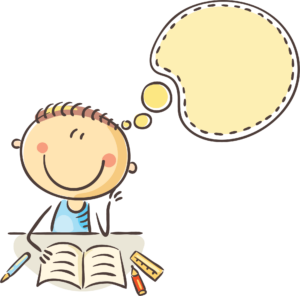 If the mental model is that you as a teacher are required to impart information and fill a child up with facts, or that what you know supersedes what the family has knowledge of, utilization of either of these two engagement methods will be difficult. Engaging teachers, program leads and family members in the reflective practice cycle (observe, listen, wonder, respond) or the Acknowledge, Ask, Adapt process from WestEd’s PITC framework can provide a framework to engage in constructive dialogue when beliefs and mental models about children and families differ. Creating time and space to engage in these conversations is key to breaking through the barrier.
If the mental model is that you as a teacher are required to impart information and fill a child up with facts, or that what you know supersedes what the family has knowledge of, utilization of either of these two engagement methods will be difficult. Engaging teachers, program leads and family members in the reflective practice cycle (observe, listen, wonder, respond) or the Acknowledge, Ask, Adapt process from WestEd’s PITC framework can provide a framework to engage in constructive dialogue when beliefs and mental models about children and families differ. Creating time and space to engage in these conversations is key to breaking through the barrier.
What is the advice you would offer others in this space?
Focus on relationships, authentic connections to the learners and families you are working with.
Develop a pathway for families to hold a meaningful leadership role in your program through shared experiences.
Promote a shared learning community for all.
Key Takeaways:
- Equipping educators and program providers with tools to deeply engage families and children is essential.
- Learning is a two-way street and must involve conversation between both the child and the family member. Strategies like Learning Stories and KWL are useful tools to model this.
- Focus on building authentic relationships with the families you are working with.
VC STEM is a collaborative interdisciplinary community working to foster the development of tomorrow’s STEM leaders. We are leaders from higher education, PreK-12 education, business and industry, national parks, local and state government, the military and non-profit organizations who are creating a local infrastructure that embraces pre-kindergarten to post-graduate studies.
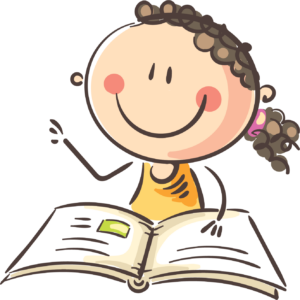 Our goal is to encourage our students to be curious and engaged, and ensure that they are prepared, able and ready to become the STEM workforce and leaders of tomorrow.
Our goal is to encourage our students to be curious and engaged, and ensure that they are prepared, able and ready to become the STEM workforce and leaders of tomorrow.
Our partners know that the world is rapidly changing and that current systems are not responding to the workforce needs for the future. Even with the broad spectrum of resources available across our county, and our rich heritage of working together, broad disparities in quality of life and education still exist. We believe that it is imperative that all of Ventura County’s children, regardless of location or social status, have access to quality educational opportunities throughout their lifetime.
Other links:
Ventura County STEM Ecosystem LEAD STEM Capstone
Reflective Practice Cycle: https://pdfs.semanticscholar.org/5087/aed3e57c6296929c0d973961ae96d7922101.pdf
New Zealand Learning Stories
